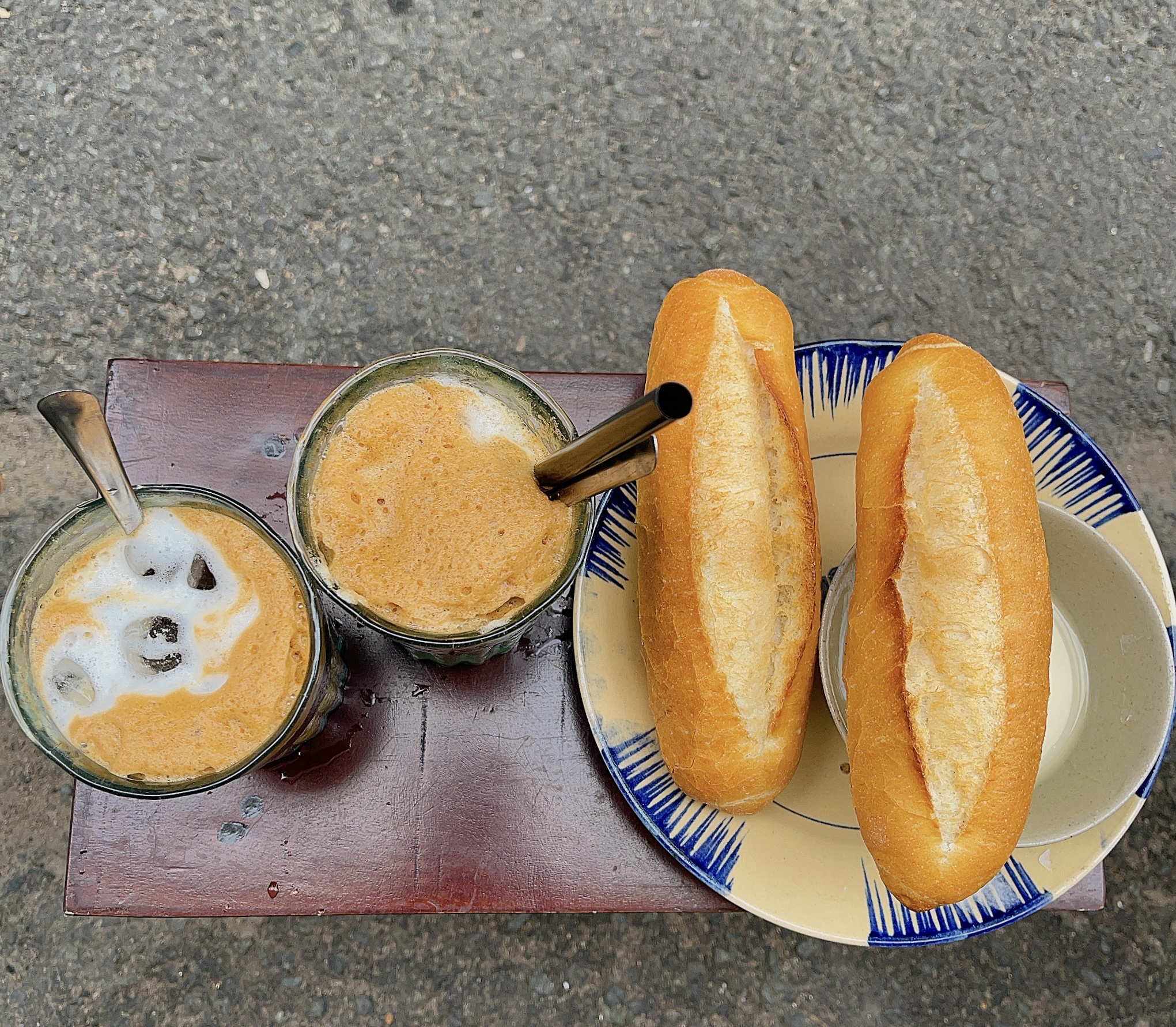Doctor Dao Thi Yen Thuy, head of the Nutrition and Dietetics Department at Tam Anh General Hospital in Ho Chi Minh City, says cooked food is generally recommended to be eaten hot to ensure food safety and easy digestion. However, some dishes are more beneficial to health if cooled properly. When cooled, the starch structure changes, forming resistant starch – a type of starch that is not digested in the small intestine but is fermented in the large intestine, thereby supporting the gut microbiome and metabolic processes.
Resistant starch helps stabilize blood sugar, nourishes beneficial bacteria, and contributes to reducing the risk of type 2 diabetes. However, cooked food should not be left at room temperature for more than two hours because it can easily grow bacteria that cause food poisoning. Food needs to be cooled quickly and stored properly in the refrigerator, used within 24-72 hours depending on the type. Here are 5 common foods that can offer greater benefits when eaten cold.
Cold white rice has a lower glycemic index (GI) than hot rice. After being cooked and cooled, rice forms resistant starch, which helps slow down the rate of glucose absorption, thereby stabilizing blood sugar. In addition, resistant starch is a good food source for beneficial bacteria in the colon, thereby increasing the production of short-chain fatty acids such as butyrate, which has the effect of protecting the intestinal mucosa, anti-inflammatory, and improving metabolism.
Boiled or steamed potatoes, when cooled, convert some of their starch into resistant starch. This reduces post-meal blood sugar while also nourishing gut bacteria. Cooling potatoes before mashing also limits the mushiness caused by excessive starch gelatinization.
Cooled toast can lower the glycemic index thanks to the starch recrystallization process. Compared to bread eaten immediately while hot, cooled or lightly chilled bread slows down glucose absorption, thereby reducing the blood sugar response after eating.
 |
Eating toast after it has cooled can slow down sugar absorption, help stabilize blood sugar, and support metabolism. Photo: Phuong Pham |
Cooked and cooled oatmeal also forms resistant starch. Oatmeal is rich in beta-glucan, a soluble fiber that is beneficial for cardiovascular health, digestion, and immunity. Consuming cooled oatmeal also increases satiety and controls hunger, making it suitable for those on a weight loss or flexitarian diet. You can mix oatmeal, yogurt, nut milk, chia seeds, and fruit and store it in the refrigerator overnight.
Beans such as black beans, red beans, and chickpeas are rich in plant-based protein and fiber. After being cooked and cooled, these beans restructure their starch, forming resistant starch, thereby supporting the gut microbiome, prolonging satiety, and reducing blood cholesterol. In addition to metabolic benefits, beans also contain many polyphenols, plant compounds with antioxidant properties that protect cells and improve cardiovascular health. Cooled beans also increase the amount of short-chain fatty acids in the gut, helping to reduce inflammation and improve insulin sensitivity.
Doctor Yen Thuy recommends that everyone should combine this with a healthy lifestyle such as getting enough sleep, managing stress, exercising regularly, and drinking enough water (1.5-2 liters per day) to support effective digestion and metabolism.
Phuong Pham
| Readers can submit questions about nutrition here for doctors to answer. |












